Splinters on your pine floor can be quite painful. The fragments jutting from the flooring can hurt your feet, especially if you’re walking barefoot on it. So what can you do in this situation? We researched this concern for your convenience and here’s what we found.
Apart from wearing sturdy footwear, different solutions are available to remove the splinters from a pine floor. Some of these methods are:
- Use shellac
- Lightly sanding
- Apply a self-leveling compound
- Spread Tung oil
- Use a floor filler
- Refinish the floor
Continue reading as we talk about these procedures in greater detail. We’ll also tackle other relevant yet still important information, such as what not to put on your wood floors so you won’t harm them.
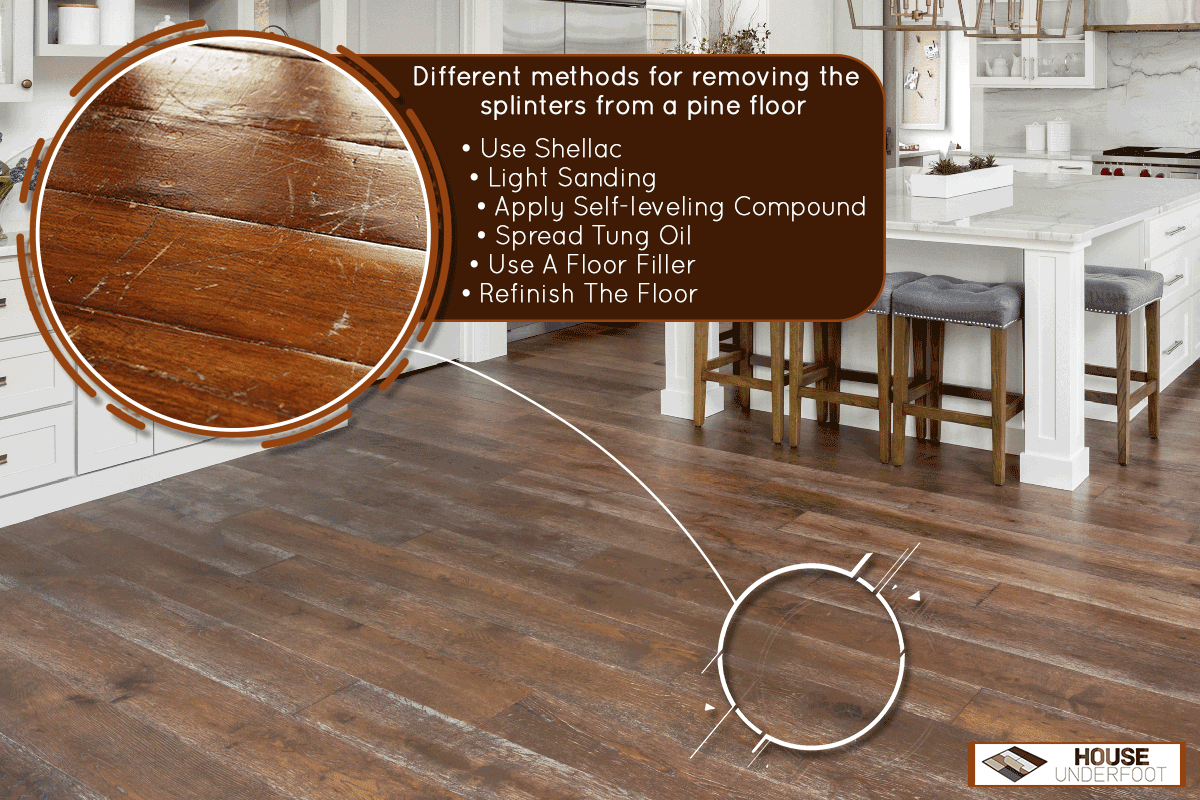
How Do You Fix A Splintered Pine Floor?
In this section, you’ll learn some possible solutions you can use to help remove splinters from your pine floor. Some of these procedures may also aid in protecting your pine flooring from additional splintering.
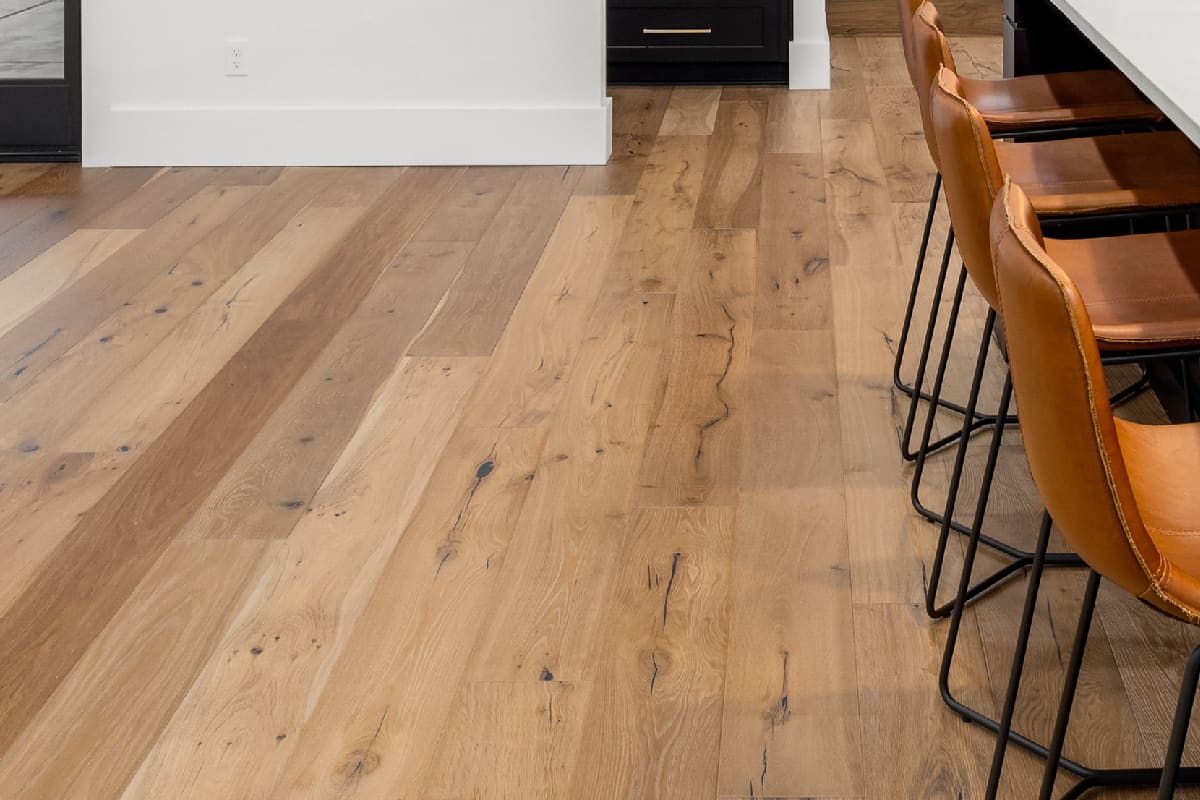
Method #1: Use Shellac
Shellac is a relatively old floor finish generally used to help restore different types of flooring material. It’s also a renewable and eco-friendly option, which can be a good option for those looking for a floor repair solution without harming the environment.
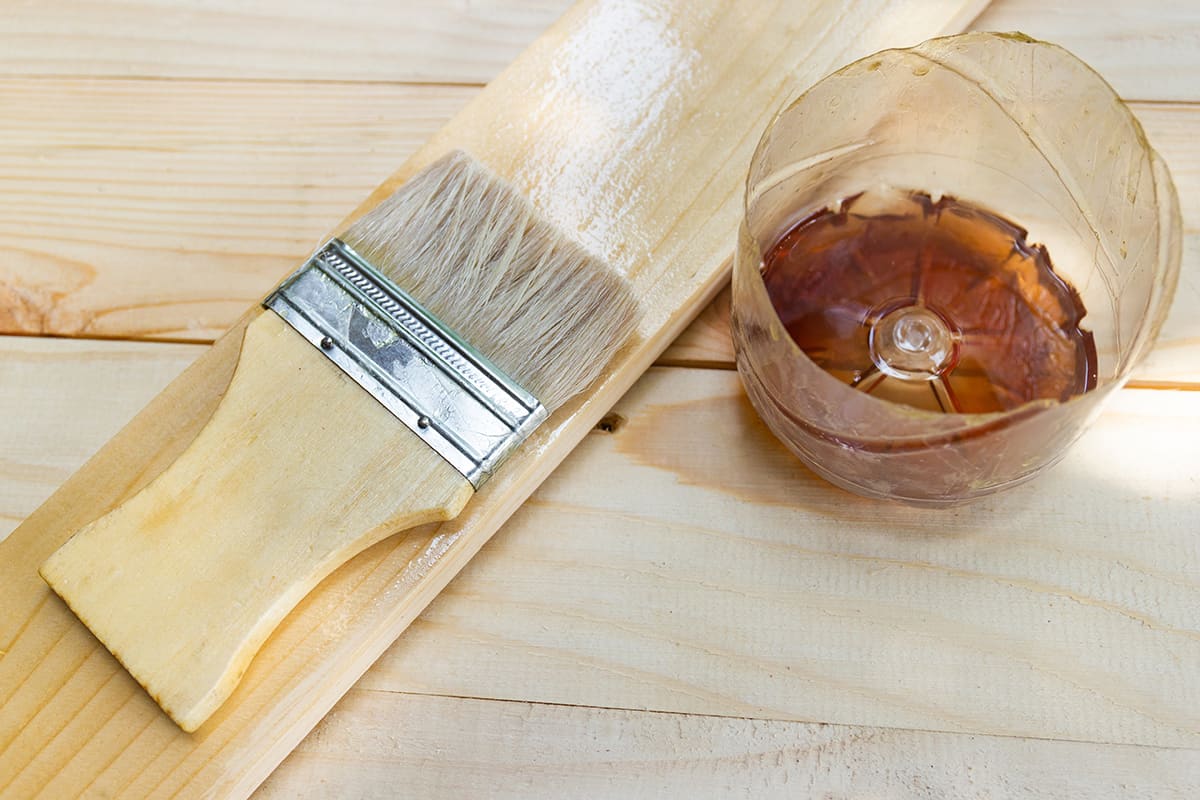
Using this product typically follows these steps:
Step-by-Step Schellac Guide
- Use a soft-bristled paintbrush to apply the shellac to the pine floor.
- Thin the product by using another paintbrush dipped in denatured alcohol.
- If you need to apply extra coats, ensure that each layer is dry before the next application.
Check out this product on Amazon.
Keep in mind that shellac may not provide long-term repair results to pine floors or other wooden floorings. However, it might still help in removing some of the splinters from these materials.
Method #2: Lightly Sanding
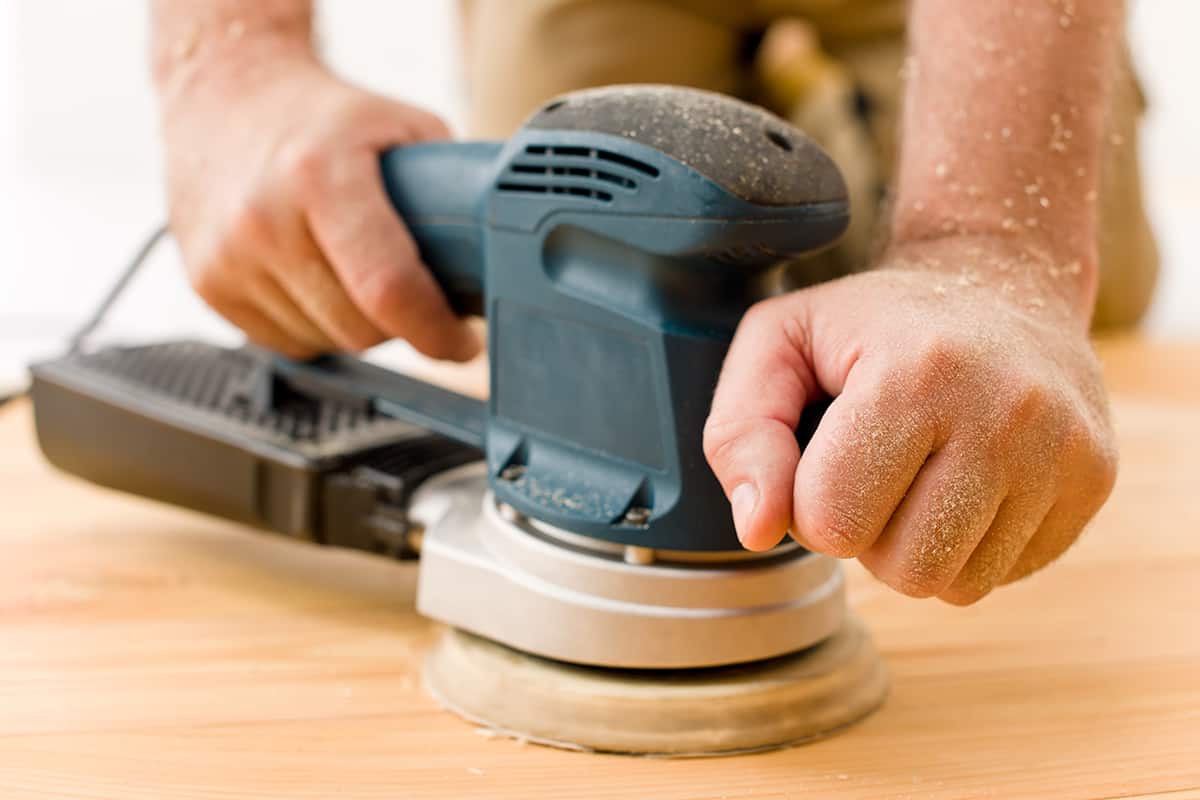
If the splinters are reasonably few and small, you may only need to use fine-grit sandpaper to remove them. Start using 2,000-grit sandpaper with a fairly light scrubbing force. If it doesn't remove the splinters, move to use sandpaper with a slightly higher grit, such as 1,600.
But be wary as using low-grit sandpaper can cause scratches to your pine wood floor. Stop using sandpaper if you don’t see the results you want after multiple attempts with fine-grit options.
Check out these 2,000-grit sandpapers on Amazon.
Method #3: Apply Self-Leveling Compound
Generally, self-leveling compounds are ideal to use on subfloors and underlayments. But you may use a small amount of these products to repair pine floors.
However, you should take note of the following guidelines before applying a self-leveling compound to your splintered pine wood floor:
- Remove any finishes causing sheen on the floor before putting the first self-leveling compound layer.
- Don’t use self-leveling compound on weakened pine floorboards.
- Ensure that the pine floor doesn’t have cracks or holes and repair these imperfections first.
After taking note of those precautions, pull the splinters from the pine floor. Next, apply the recommended amount of self-leveling compound to the depressed areas. Make sure to follow the product manufacturer’s instructions to prevent messes and other mistakes.
Check out this product on Amazon.
Method #4: Spread Tung Oil
Tung oil is a drying solution from a tree with the same name. It can be a practical choice in repairing and/or finishing different stone and wood surfaces, including pine floors.
Follow these steps if you want to use this product to help you get rid of the splinters from your pine wood flooring:
Step-by-Step Tung Oiling Guide
- Use a vacuum cleaner to remove loose dirt from the floor.
- Mop the floor with a mild cleaning solution. Let the surface dry before proceeding.
- Apply two coats of tung oil while following the product manufacturer’s guidelines.
- Lay two coats of polyurethane floor finish.
Check out this product on Amazon.
Method #5: Use A Floor Filler
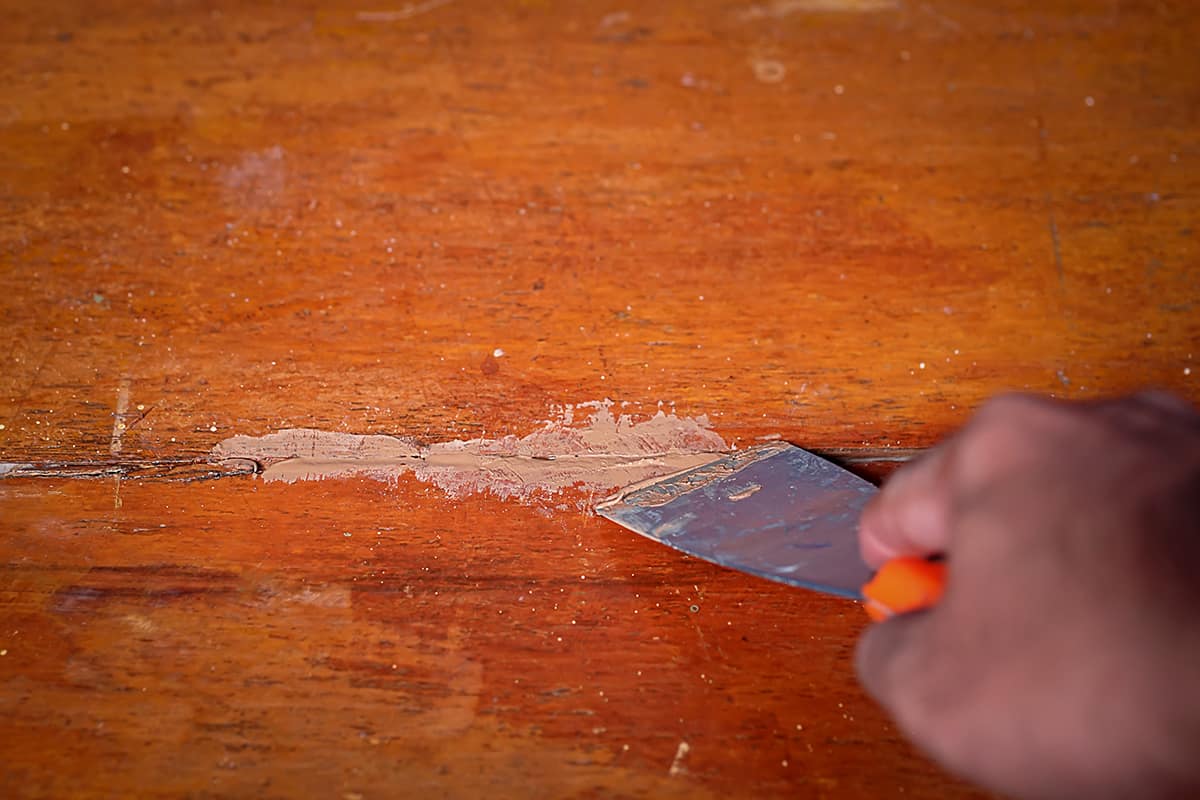
In particular, use a pine-colored wood floor filler after pulling off the splinters. Use a good-quality option that allows you to paint or stain it. That way, both the repair area and the rest of the floor will have matching colors.
Here are the typical steps in using a wood filler for floors:
Step-by-Step Wood Filler Application Guide
- Pull the splinters from the wooden floor.
- Sand the rough edges.
- Vacuum the residual dust and moisten the offending area with a damp microfiber cloth.
- Let the floor dry before continuing.
- Apply wood stain preconditioner to the damaged area.
- Use a putty knife to apply the pine-colored wood filler to the splintered location.
- Let the filler dry and cure completely before stepping on it.
- Once dried and cured, sand the filler lightly to flush it with the rest of the floor.
- Apply your preferred wood stain to finish.
Check out this wood filler on Amazon.
Method #6: Refinish The Floor
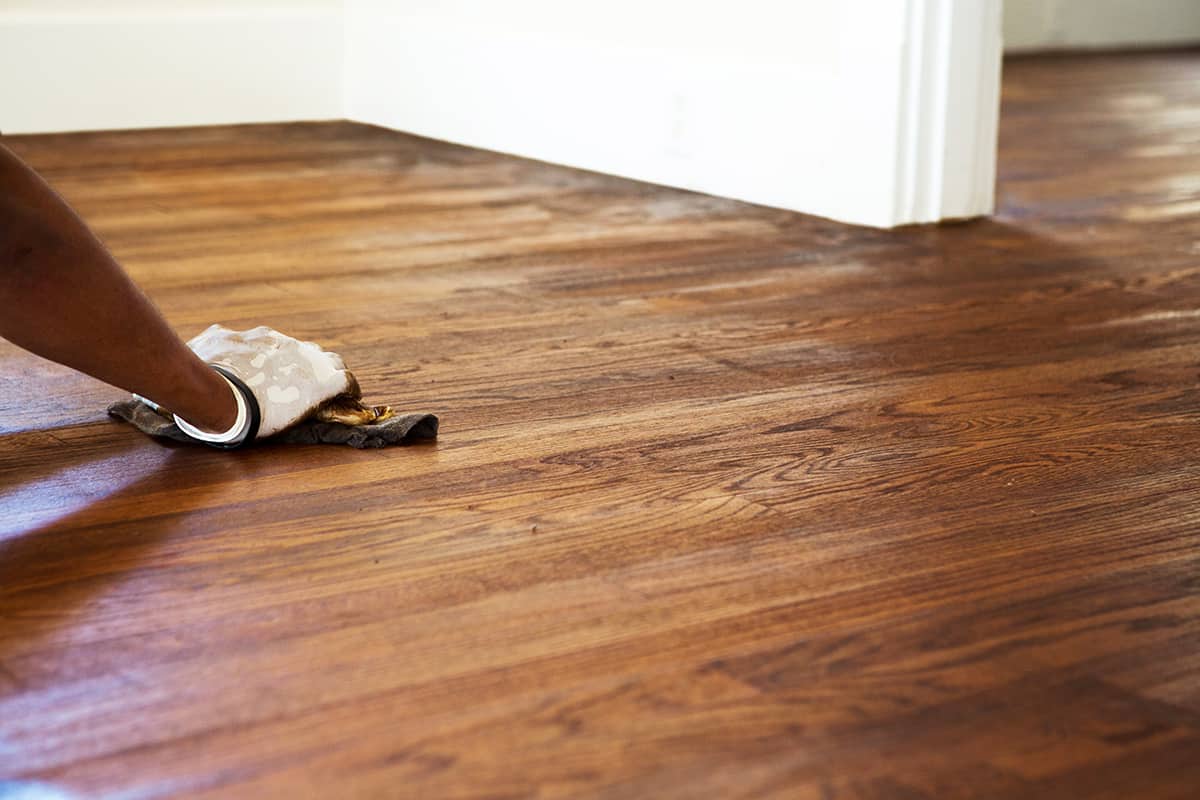
Refinishing the pine floor might be a better option than the other techniques if the material acquired extensive harm over the years. Although it might require more time and effort than the other methods mentioned, refinishing your pine floor can provide long-term results.
What You’ll Need
- Mobile drum sander
- Floor edger
- Orbital sander
- Swiffer mop
- Polyurethane oil
- Paint tray
- Paint roller
Step-by-Step Refinishing Guide
- Drum sand the floor with a 40-grit sander. Then, follow up with a 60-grit sander.
- Use a floor edger and a 60-grit attachment to flatten surfaces that you couldn’t get to with the drum sander.
- Use an orbital sander with three grit attachments. The order should be 36, 60, and then 80 grit.
- Clean the dust and other residues from the sanding with a Swiffer mop.
- Pour your choice of polyurethane oil into a paint tray.
- Dip a paint roller in the tray and spread the oil throughout the pine floor.
- Let the polyurethane oil dry before using a 180-grit sanding attachment with your preferred sanding machine.
- Apply a second coat of polyurethane oil and let it dry.
Check out this orbital sander on Amazon.
You can also watch the video below to see a visual guide for the steps mentioned above:
Why Are My Wood Floors Splintering?
Age, moisture, and inclement weather are some of the relatively common suspects of wood floors splintering. An improper floorboard installation may also put the flooring material at a higher risk than usual to splinter.
What Should You Not Put On A Wood Floor?
Take note that proper care can help prevent harm to your wood floor, especially in trying to avoid splinters appearing on your pine flooring. Some of the things that you shouldn’t put on your wooden floor are:
- Fire
- Bare furniture legs
- Harsh chemical cleaners
- Water and steam
- Undiluted bleach and vinegar
Check out these furniture pads on Amazon.
It can also be a good idea to leave footwear with hard and rough soles away from your wooden floor. Some examples include pumps and other high-heeled shoes. Instead, wear soft indoor slippers to prevent scratches and splinters from appearing on the flooring material.
Final Words
Different solutions are available to eliminate splinters from pine floors. These methods range from using shellac to refinishing the flooring. Take the time in assessing your splinter-removal options to enjoy excellent value from your repair efforts.
If you like this post and you’re looking for other solutions to other floor concerns, check out these great reads:








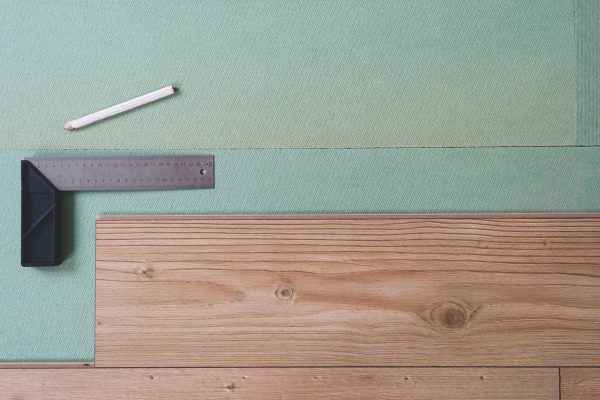
![Laminated flooring planks to be installed in a modern room, Can You Install Vinyl Plank Flooring Backward? [And How To!]](https://houseunderfoot.com/wp-content/uploads/2022/10/Laminated-flooring-planks-to-be-installed-in-a-modern-room-600x400.jpg)
